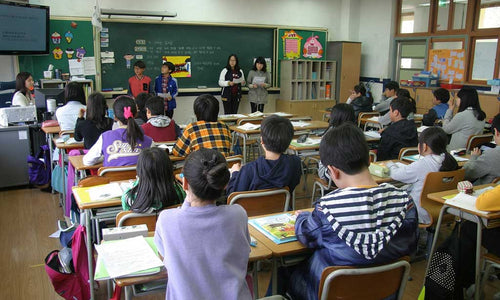Overview
3D Universe Performance Series PLA+ Filament
3D Universe Performance Series PLA+ Filament is an industrial-grade material for rapid prototyping and quick part production. This material is very easy to use, with excellent flow and printing characteristics. Great for long prints and holds up better over time than most common PLA products.
Some key characteristics include:
- Improved Impact Resistance
- Impact additives for added strength and longer shelf life
- Variety of colors for designs and architectural uses
- Consistent print settings with minimal shrinkage and improved part definition
Recommended print settings:
- Print temperature: 190-220C
- Bed Temperature: 60C
- Fan Speed: 100%
For Best Print Results, Try Magigoo and Magigoo Supergrip
Magigoo and Magigoo Supergrip are easy-to-use 3D printing adhesive designed to provide excellent print bed adhesion for a variety of 3D printing materials. Apply Magigoo to your unheated print bed. When the print is finished, wait for the plate to cool down and your prints will pop right off the bed! Magigoo also helps to prevent warping, even with more challenging materials like ABS and ASA.
Key features include:
- Compatible with ABS, PLA, PETG, HIPS, ASA, and TPU
- Available in 50ml and 120ml sizes
- Easy application
- Easy release
- Easy cleaning (just use water)
- No smell
- Non-toxic
- No additional tools needed
- Easy to transport
- Nicer print finish
Tips for Successful 3D Prints
Tips for Successful 3D Prints
There are so many materials to choose from when 3D printing... Some of these materials are more challenging to print than others, but with the proper approach, you can be confident of a successful print, regardless of the material you're using.
Next to using high-quality filament, good print bed adhesion is often the key to avoiding failed prints. Our friends at Magigoo have spent hundreds of hours testing all kinds of different materials, identifying the optimal settings for each to ensure the best possible results. All of this research has culminated in two valuable resources that we are happy to share with you here. Don't be deceived by the name of the first document. This is not just a manual for Magigoo adhesives. It's packed full of great tips for ensuring successful prints.
Compare Materials
| Material Type | Properties | Common Uses | Extruder Temp | Bed Temp | Bed Adhesion | Shop for Material |
PLA(Polylactic Acid) |
|
| 190-220C | 40-60C (optional) | Blue painter's tape, glass with coating of hairspray, or glass with a thin coating of PVA glue | |
ABS(Acrylonitrile Butadiene Styrene) |
|
| 225-260C | 80-110C | Kapton tape, glass with a coating of ABS juice (ABS / acetone slurry), or hairspray | |
PETG(Polyethylene terephthalate glycol-modified) |
|
| 230-250C | 80-100C | Glass with hairspray or painter's tape | |
Nylon(Polyamide) |
|
| 240-260C | 60-80C | Glass with a thin coating of PVA glue | |
Polycarbonate |
|
| 260-280C | 107-115C | Ultimaker adhesion sheets or glass with thin coating of glue stick / PVA glue | |
TPU(Thermoplastic Polyurethane) |
|
| 220-240C | No heat | Glass (no adhesives required) | |
Polypropylene |
|
| 205-240C | 85-100C | Ultimaker adhesion sheets or clear packaging tape | |
PVA(Polyvinyl alcohol) |
|
| 215-225C | 60-70C | Glass |










